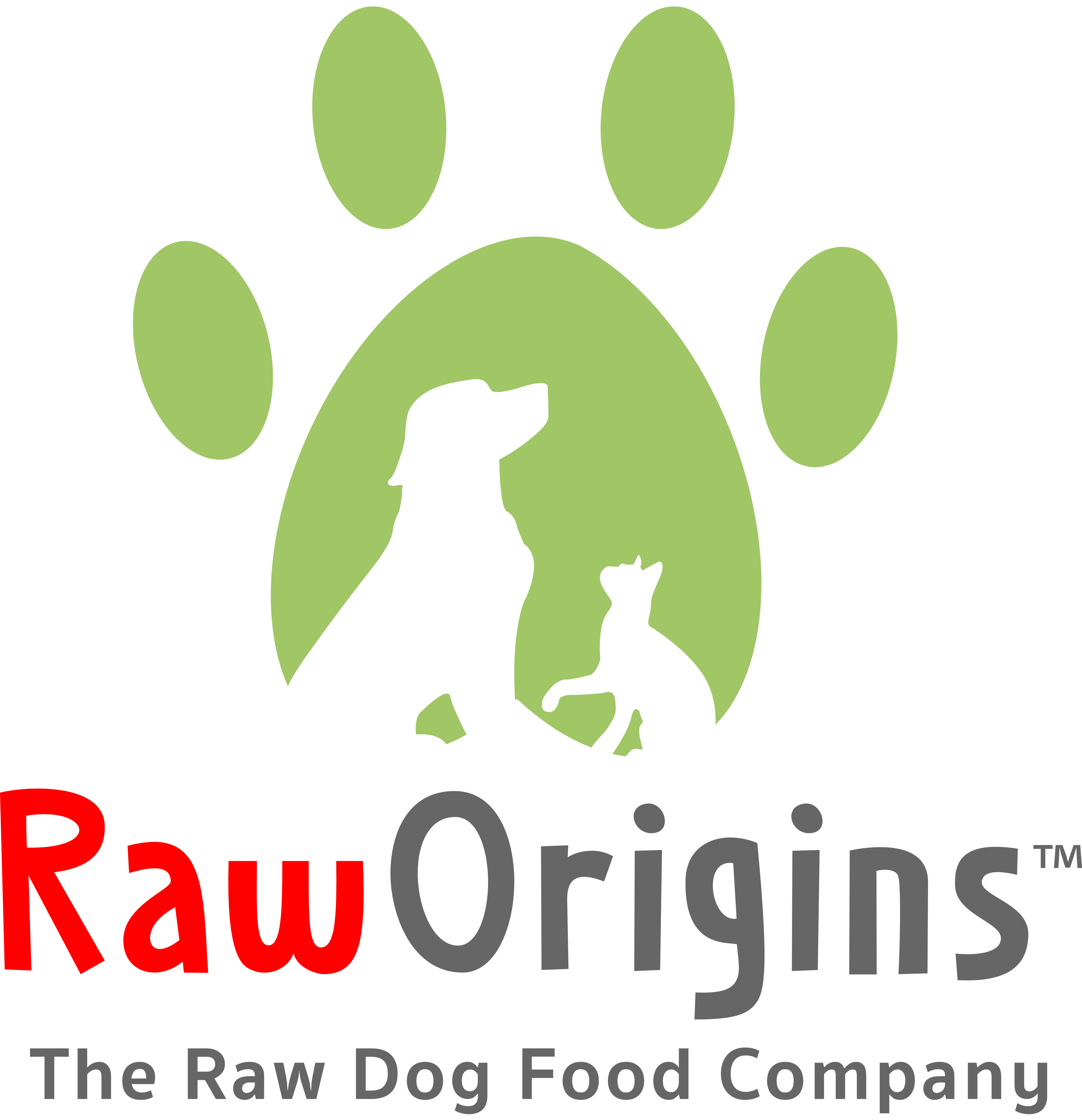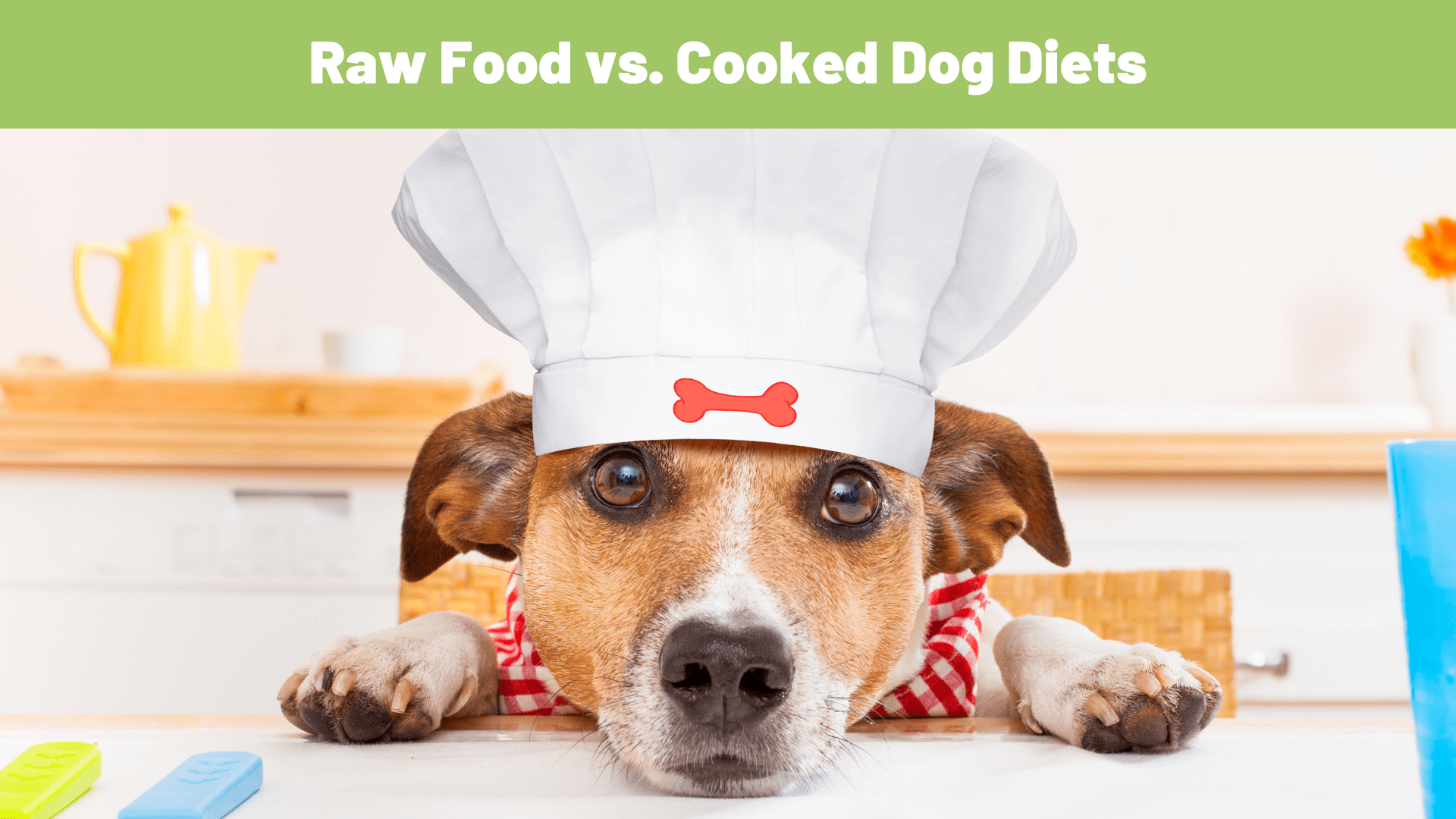In the ongoing quest for optimal canine health, the debate between raw and cooked dog food has stirred up quite the storm among pet owners and veterinarians alike. Advocates on both sides passionately defend their chosen method, citing various benefits. However, as the pendulum of preference swings, it’s time to take a closer look at the raw food movement and why it might just be the key to unlocking your furry friend’s vitality.
The Raw Revolution
Proponents of raw dog food argue that it closely mimics what dogs would eat in the wild, providing a diet rich in nutrients and enzymes that may be lost during cooking. Here are some compelling reasons why raw food might be the top dog:
Nutritional Integrity: Raw food enthusiasts argue that cooking can destroy vital nutrients and enzymes present in ingredients. By feeding dogs raw meat, bones, and organs, they consume a diet more akin to their evolutionary needs, potentially leading to better digestion, improved coat health, and increased energy levels.
Dental Health: Chewing on raw bones can help maintain dental hygiene by reducing plaque and tartar buildup. The act of gnawing on bones provides a natural way to keep teeth clean and gums healthy, potentially reducing the risk of dental issues down the line.
Allergies and Sensitivities: Some dogs may have allergies or sensitivities to certain ingredients commonly found in commercial dog food, such as grains, fillers, and artificial additives. Raw diets, consisting primarily of meat, bones, and organs, may offer a solution for dogs with dietary intolerances, leading to fewer skin issues and gastrointestinal upset.
Weight Management: Raw food diets often contain fewer carbohydrates and fillers than their processed counterparts, making them a popular choice for pet owners looking to manage their dog’s weight more effectively. A diet high in protein and healthy fats can promote lean muscle mass and satiety, potentially reducing the risk of obesity-related health issues.
Addressing Concerns
Despite the growing popularity of raw dog food, concerns regarding safety and nutritional balance persist. Critics argue that raw diets may pose risks such as bacterial contamination, nutritional deficiencies, and potential harm from bones. However, advocates assert that with proper handling, sourcing high-quality ingredients, and consulting with a veterinarian, these risks can be minimized.
In the ongoing raw vs. cooked dog food debate, there is no one-size-fits-all answer. Each approach has its merits and drawbacks, and ultimately, the decision should be based on individual factors such as the dog’s health, preferences, and dietary needs. However, for pet owners seeking to provide their canine companions with a diet that closely aligns with their natural instincts and evolutionary history, raw food offers a compelling option worth considering.
As with any dietary change, it’s crucial to do thorough research, consult with a veterinarian, and monitor your dog’s health and well-being closely. With proper care and attention, raw food may just be the key to unlocking your dog’s full potential and vitality. After all, isn’t our furry friend’s health and happiness worth exploring every avenue?

